Bioethics. Implantation of memories
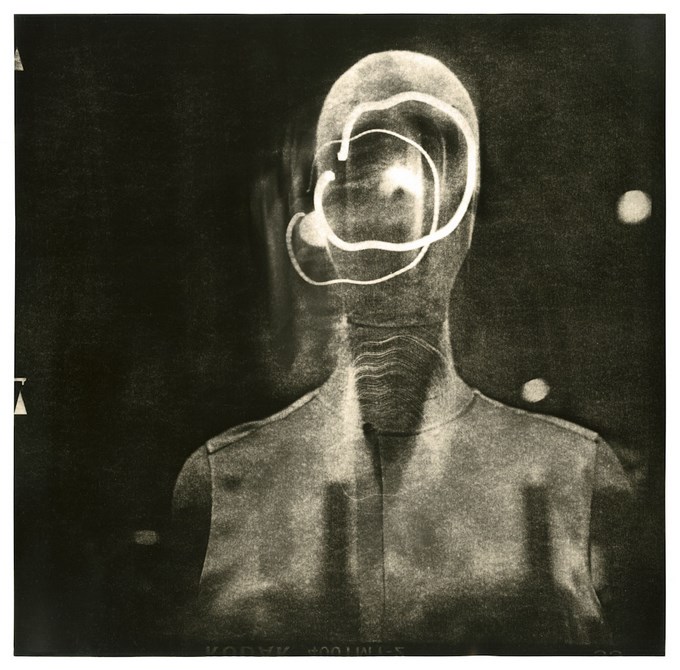
027

2

035

033

031
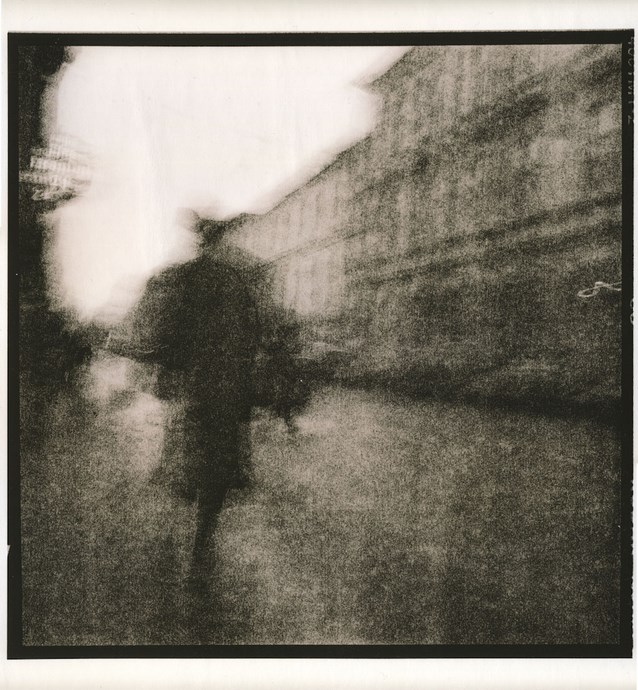
023
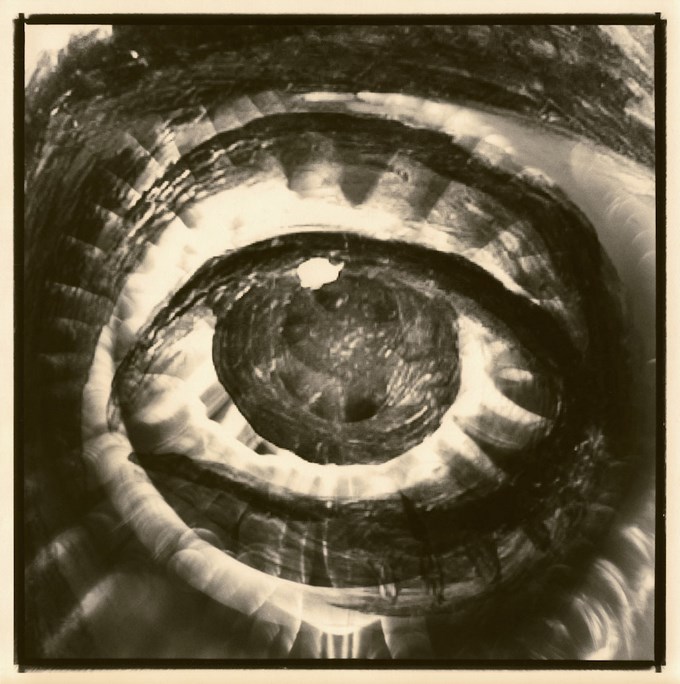
025
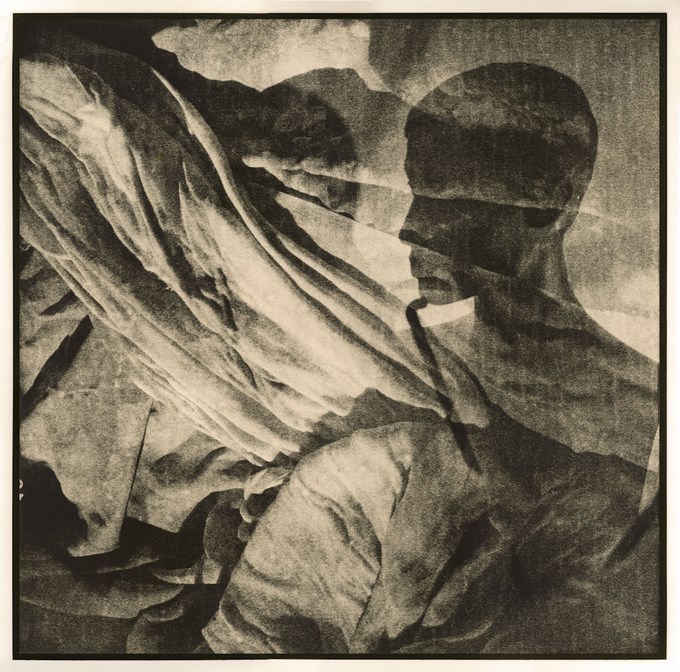
EPSON scanner image
EPSON scanner image
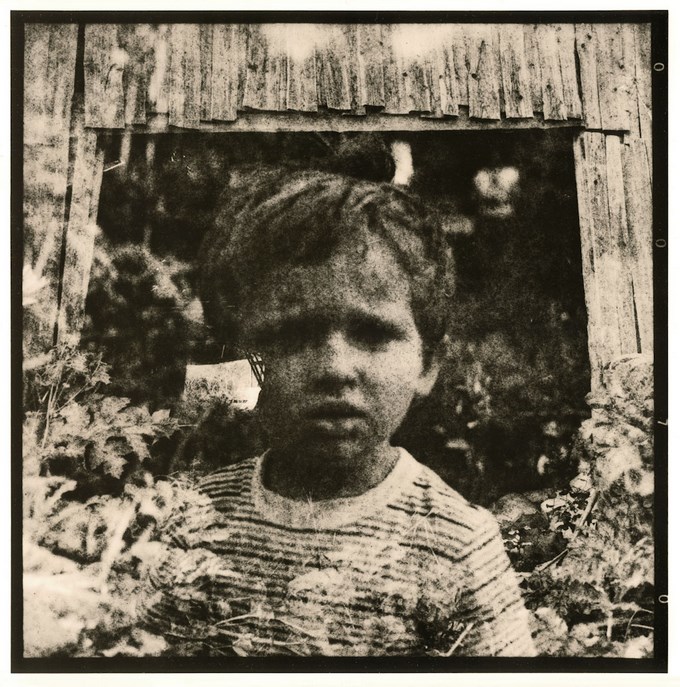
021
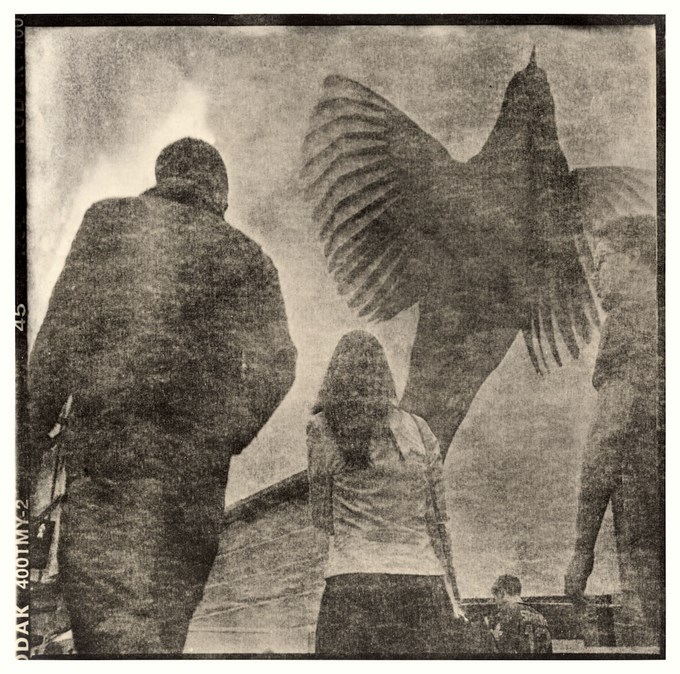
017

015
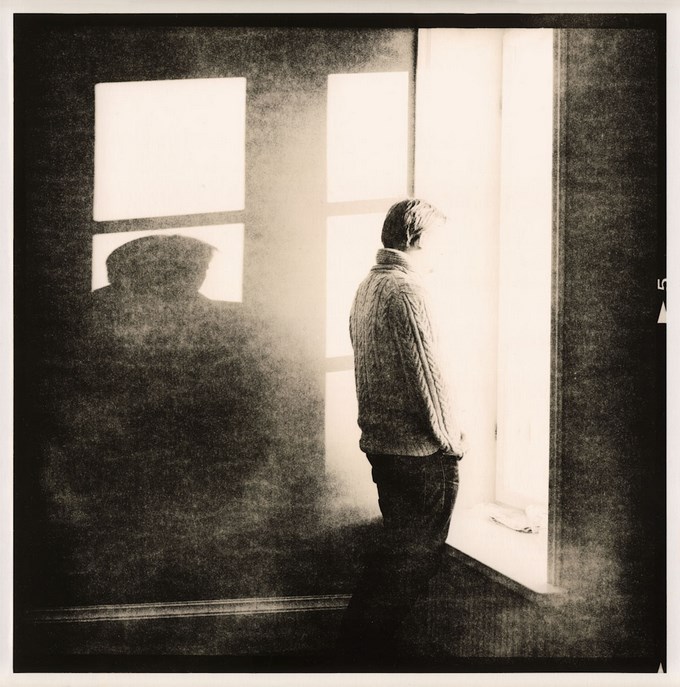
013

010

009

007

005

4

001
Bioethics. Implantation of memories
Our memories act as a structure through which consciousness forms itself. According to Descartes, "I think, then I exist," but now we must prove that these thoughts really belong to us; the firs "I” itself requires confirmation of its existence. It is no accident that everyone is interested in the topic of "post-human". We all fear secretly that our "I" can be just a sum of information, just a complex of impressions in the neural network. This doubt would earlier have been exposed as a methodological mistake, as a miscalculation in philosophical logic, but now it itself seeks to show this philosophy as a language too artificial to be true.
What is this "I"? The stem to which memories are "strung", or simply their derivative, elusive and unknowable without its constituents and, therefore, not existing in reality? In this context, the subject of simulacra as doubts about impressions and memories, as it has been presented in the culture since the times of "Blade Runner", seems even too optimistic. There they faked memories, but not their bearer. The question is terrible: what if the "I" is my memories, not existing apart from them?
Our "positive", traditional perception, from Plotinus to Kant, is convinced of the pivotal role of the individual standing above all manifestations and the emergence of individuality. For the doubter there was always a fear of materialism, in which "persona est relatio", personality is only a set of relations, social, psychological, or even biological. The resulting doubt about the primacy of a unique personality, its primacy over its own manifestations, is convenient to show by resorting to the digitalization of the silver bromide original print. In his essay "The work of art in the era of its technical reproducibility" Walter Benjamin takes an optimistic stance according to which the aura of the original, consisting in its historical topology, cannot be reproduced. In the application to the human personality, this logic affirms its uniqueness and self-identity. But what if this story, which constitutes the aura of the original, is falsified or replaced? What if memories are manipulated? What will remain of me if my "I" does not exist as "one", but is composed of my memories, the most unreliable of all doubtful matters? If the past, from which I belong, is, according to Borges, the "garden of divergent paths"?
An illustration of this issue may be not only the texture of the alternative printing process, but also the periodic replacement of the placed images with similar or slightly different ones. At the same time, printing equipment can be placed right in the hall, and deleted images can be thrown into the basket or thrown under their feet. Or, for example, put in unequal piles and bandage as waste paper.
